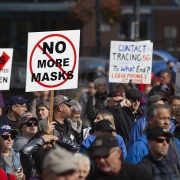Battlefield ‘Burbs
America’s political culture has been shaped by its rural and urban environments, each of which tends to be dominated by one party. Urban Republicans are now as rare as rural Democrats.
Yet the political future of the country lies in the suburban and exurban rings that dominate every metropolitan region. These voters are made up predominately neither of woke city hipsters nor gun-toting rubes, the stereotypes that dominate our competing cultural memes. The suburbs are the last contestable geography in the country.
Since 1950, suburban population growth has expanded more than ten times faster than core cities. Overall, suburb-dwellers account for more than half the population of the country, and 90 percent of the overall population of metropolitan America. Over the past decade, they have accounted for well over four-fifths of all new job growth (and the bast majority of all new patents). As one political analyst put it, “Suburbs are the new Florida.”
These trends were expanding before the pandemic, but as realtors attest, Covid has accelerated city residents’ movement to suburbs. Manhattan and San Francisco rents have been falling some, but prices in the periphery have been rising. A new national poll from the Los Angeles Times and Reality Check Insights, held after the November 2020 election, found that most residents of big cities want to relocate.
The American Enterprise Institute has found that less dense areas are now growing much faster than denser ones. Critically, millennials, once seen as drawn to urban lifestyles, were already ditching the big city before the pandemic, notes Brookings. A May Zillow survey suggests “space seekers” are leading the charge—millennials and younger Americans, according to Gallup and others, who want to get married and have children, and are following the widely dissed home preference patterns of their parents in order to do so.
Suburbs are also becoming more reflective of the nation’s ethnic diversity. In the 1960s and 1970s suburbs were considered largely white enclaves; but during the past decade, notes Brookings’ Bill Frey, the percentage of suburbanites living in predominantly white suburbs fell from 51 percent to 39 percent.More than a third of the 13.3 million new suburbanites between 2000 and 2010 were Hispanic, with whites accounting for a mere fifth of suburban growth in that same period. African Americans have been steadily moving from inner cities, where many middle income areas have declined due to economic collapse, crime or, in some cases, gentrification. Today, in the 50 largest U.S. metropolitan areas, 44 percent of residents live in racially and ethnically diverse suburbs, ranging from 20 percent to 60 percent non-white.
Competitive Politics in Rural and Urban America
Besides their numerical importance in elections, suburbs are the last redoubts of competitive politics. Both rural America and the core city have become increasingly dominated by political extremes. This does not mean there are no progressives in small towns, or Republicans in big cities, but voting patterns have become more lopsided.
Republicans now totally dominate the politics of small towns and rural areas. Yet as recently as 2008 Barack Obama won nearly one quarter of the country’s non-metro counties; eight years later, Hillary Clinton won barely ten percent. Last year, rural and small-town voters supported Donald Trump by a remarkable 47 percentage points, well above the 30 percent margin for John McCain eight years earlier. Pockets of past rural liberal populism, like Montana and North Dakota, are becoming crimson red. The biggest exceptions are found in “amenity” areas, such as Vermont, that draw on metropolitan refugees. Sixty of the seventy most rural districts nationwide are represented by Republicans.
Cities, largely devoid of Republicans, have undergone an equally thorough transformation. Less than three decades ago the nation’s two largest cities, New York and Los Angeles, were governed by Republicans while Houston, Philadelphia, and Denver were run by business-oriented Democrats. Now big cities are dominated increasingly by left wing progressives. They produce few Republican elected officials and vanishingly few congresspeople. By one recent account, only one of the 34 most urban Congressional districts is represented by a Republican.
On the Presidential level, lockstep voting approaches Soviet levels. In 1984, for example, Ronald Reagan garnered 31 percent of the vote in San Francisco, while winning 27.4 percent in Manhattan and over 38 percent in Brooklyn. By 2012, Mitt Romney, a more moderate Republican, won barely 13 percent of the vote in San Francisco, and he garnered less than half of Reagan’s share 28 years earlier in Manhattan and Brooklyn.
Read the rest of this piece at American Mind.
Joel Kotkin is the author of The Coming of Neo-Feudalism: A Warning to the Global Middle Class. He is the Presidential Fellow in Urban Futures at Chapman University and Executive Director for Urban Reform Institute. Learn more at joelkotkin.com and follow him on Twitter @joelkotkin.

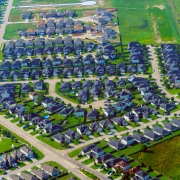
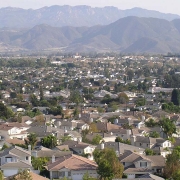

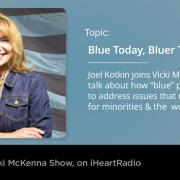
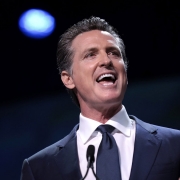 Gage Skidmore, used under CC 2.0 License
Gage Skidmore, used under CC 2.0 License